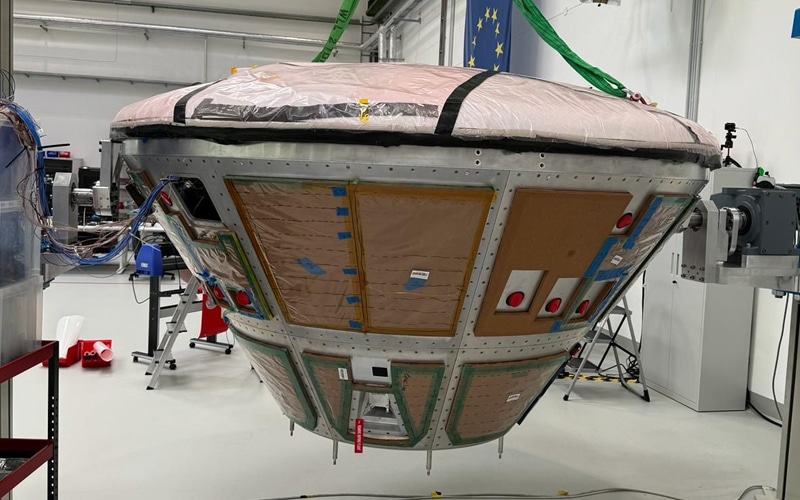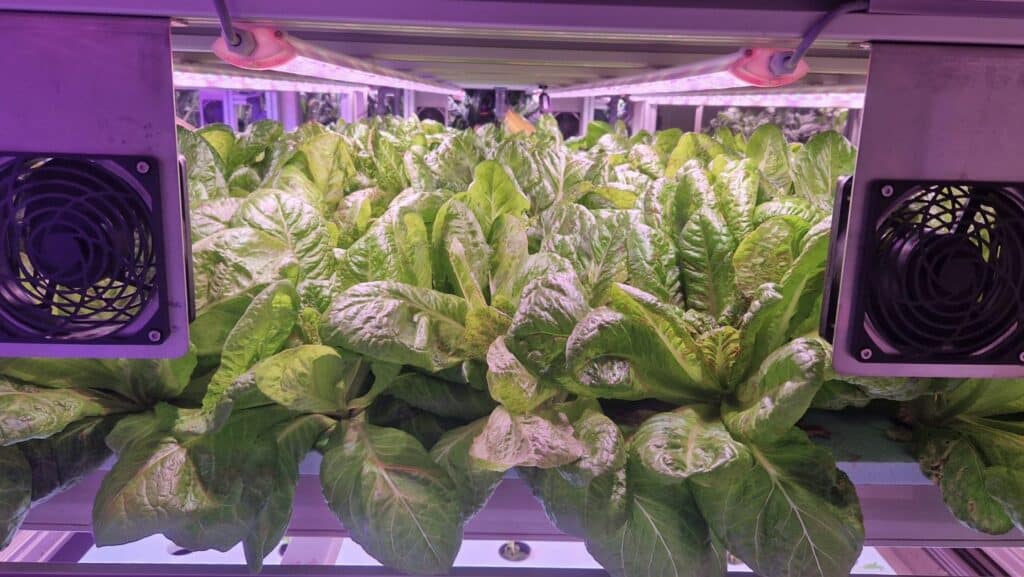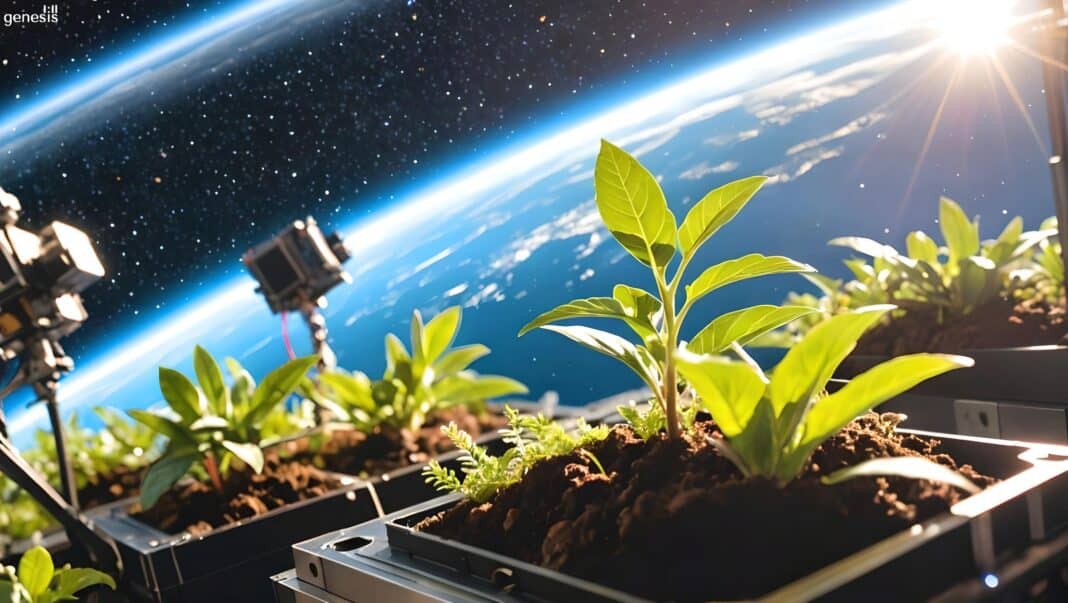Forests planted with space-exposed seeds could hold the key to the future of space exploration and colonisation, with next generation of biotech projects also (potentially) helping with the early diagnosis of type 2 diabetes and cure cancer.
It comes as NASA and the European Space Agency (EIA) are now working with labs like Genesis Sustainable Future Limited, private satellite companies like The Exploration Company and Elon Musk’s SpaceX to launch tree and plant samples into low Earth orbit (LEO) using CubeSat satellites.
Part of the Mission Possible space mission, more than 1,000 plant, animal, and human cell samples will soon be sent into space—with seeds (orbiting Earth) to be brought back and planted in forests across Central Europe. The returned specimens will also help with astronaut space readiness, treat disease, and even solve the future energy mix.

“The goal is to improve our understanding of how conditions in space affect biological organisms, contributing to broader goals of space biology and the potential for future space colonisation,” according to Bence Mátyás, researcher and CEO of Genesis Analytics – an agricultural biotech company which has amongst other things has now developed the Genoplant Analyzer – analysing impacts of plant development in space.
The mission will test the samples—which include human and mammalian DNA, plant tissue, small seeds, algae, fungi, and yeats—at 800 kilometres from the Earth’s surface (far beyond the International Space Station), subjecting the specimens to far higher levels of radiation.

“Combined with the microgravity environment, this mission will provide a unique scientific playground for discoveries in the fields of biomarkers, agriculture, medicine and other important areas of space biology,” Mr Mátyás said, adding that the project provides the opportunity to observe how cells grow and change in extreme environments.
“It is a revolutionary breakthrough that the samples will return to Earth and enable further research that can be used in various fields of science. Thanks to the return of the samples, it will be possible for the first time to preemptively assess what astronauts preparing for space can expect without being test subjects themselves.”
Plant production is space’s next frontier
The new mission is part of a suite of research funded by the Orion Space Generation Foundation, which is now working with Genesis to develop new technologies focused on creating sustainable environments that will allow long-term human life beyond Earth.
Wood Central understands that a critical element of this research is the development of life support systems that ensure a continuous supply of air, water, and food in a confined environment. This includes developing technologies for space agriculture that enable earth-free plant production.
“Our goal is to achieve valuable research results and plant forests on Earth from seeds that have travelled through space. We plan to create unique parks throughout Hungary, which will also contain elements of space education. We are currently looking for the most suitable locations for this initiative,” said Anett Fenyőfalvi, President of the Foundation.
With Mr Mátyás, the research is an essential step in understanding the unlimited potential for ‘space farming’ and agricultural production, which in itself is critical in making future space habitats self-sufficient and sustainable for human presence in the long term.
Mission Possible is ready for launch!
Wood Central understands that the biological samples will be housed in the MayaSat-1 research satellite developed by the Genesis team. MayaSat-1 will act as a biological incubator to ensure the samples are stored at the right temperature and pressure during extended space missions.
This will keep them viable and intact for accurate post-mission analysis. MayaSat-1 will be housed in a larger biological capsule carried by SpaceX’s Falcon 9 rocket and will be launched between February and July 2025. The launch will take place at the Vandenberg Space Force Base in California. The capsule will return after three orbits and land on the open ocean using parachutes.






